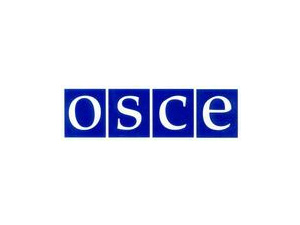
OSCE supports setting up demining unit in Tajikistan
"Setting up a national humanitarian mine clearance capacity within the Tajik armed forces is an important step for Tajikistan in fulfilling its obligations as a signatory of the Ottawa Treaty," said Klaus Rasmussen, the Deputy Head of the OSCE Office in Tajikistan. "We recognize the dire impact that the mine threat has for development, security and public safety and are proud to support Tajikistan in this way."
Tajikistan has the largest landmine problem among all Central Asian countries, with more than 15 square kilometres of land in need of mine clearance. Most of the mines were laid during the the civil war between 1992 and 1997.
Since 2003, at the Tajik Government’s request, the OSCE has been assisting the country in addressing the humanitarian threat posed by landmines. Over the last five years the OSCE Office in Tajikistan has supported a programme of mine clearance, battle area clearance, explosive ordnance disposal and survey activities.
Since September 2004, under the programme a total of 2.8 million square metres of mine-contaminated land have been cleared, 42.5 million square metres of suspected mined area reclassified and about 13,000 anti-personnel mines and unexploded ordnances destroyed.
"Clearing landmines contributes to the country’s economic and environmental security, as more land becomes available for agriculture and reforestation, and helps improve cross-border co-operation and monitoring," said Jonmahmad Rajabov, the Head of the non-governmental organization Tajik Mine Action Centre at the ceremony. The Ottawa Treaty (Convention on the Prohibition of the Use, Stockpiling, Production and Transfer of Anti-Personnel Mines and on their Destruction) bans completely all anti-personnel landmines (AP-mines). As of May 2009, there were 156 States Parties to the treaty. Two states have signed but not yet ratified it. Thirty-seven states, including the People’s Republic of China, India, Russia and the United States, are not party to the Convention.